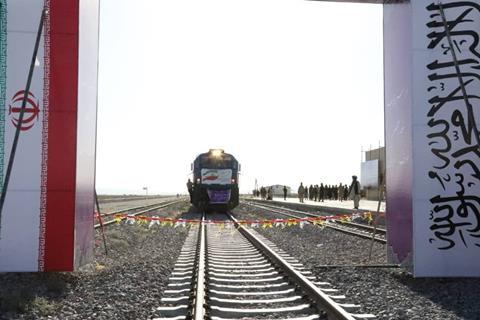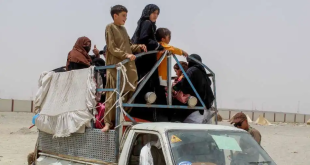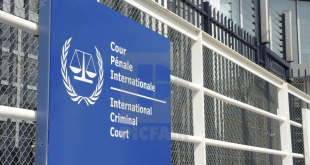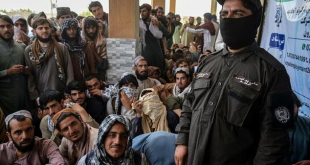KABUL — The Taliban are spearheading a sweeping infrastructure push to transform Afghanistan into a regional trade corridor, reduce dependence on Pakistan, and win economic engagement from neighboring powers, according to a new expert analysis by the Observer Research Foundation (ORF).
Since returning to power in 2021, the Taliban have launched or planned over a dozen major connectivity projects—including the TAPI gas pipeline, the Mazar-i-Sharif–Herat–Kandahar railway, the Khaf-Herat link with Iran, and investments in the Chabahar Port. These initiatives are aimed at connecting Afghanistan to Central Asia, China, and Iran, bypassing traditional trade routes through Pakistan.
The report, authored by Shivam Shekhawat and Puspa Kumari, says the Taliban’s agenda blends political and economic motives. Infrastructure projects are being used to project an image of functional governance and to strengthen internal control, even as the regime remains diplomatically isolated and excluded from formal banking systems.
Funding remains murky, reliant on local taxation, barter deals, and informal networks like hawala. Security threats and attacks on infrastructure projects by militias and extremist groups further complicate the Taliban’s ambitions.
Yet, the group is betting on regional powers’ need for transit access and trade corridors to compel economic engagement—even if formal recognition remains elusive. Whether Afghanistan emerges as a viable hub or remains a fragile state depends on the Taliban’s ability to manage instability, finances, and diplomacy.
 Afghanistan Times
Afghanistan Times




